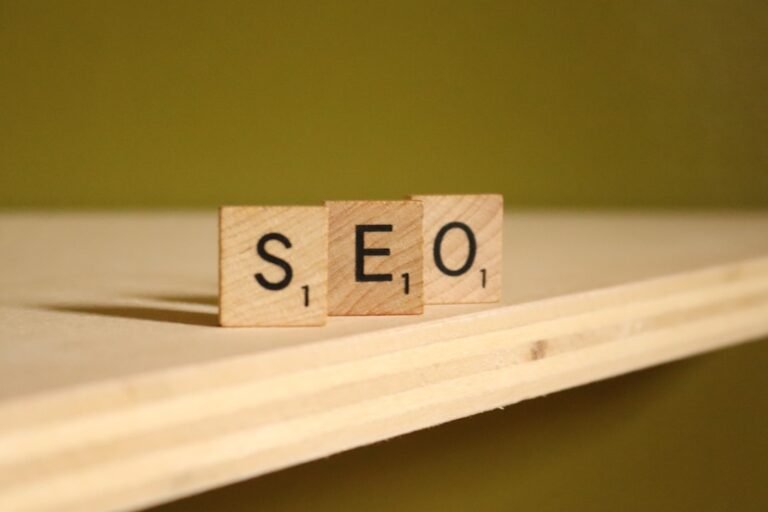b2b
The world of business is vast and complex, with various models and strategies that companies use to interact with each other and with consumers. One of the most significant and prevalent models is B2B, or business-to-business. In this article, we’ll explore what B2B means, its characteristics, benefits, and examples, as well as the trends shaping the B2B landscape.
What is B2B?
B2B, or business-to-business, refers to a type of commerce where businesses sell products or services to other businesses, rather than to individual consumers. This model is distinct from B2C (business-to-consumer) and C2C (consumer-to-consumer) models. B2B transactions often involve larger quantities, more complex products, and longer sales cycles.
Characteristics of B2B
Some key characteristics of B2B include:
**Longer sales cycles**:
B2B sales often involve multiple stakeholders, complex decision-making processes, and longer sales cycles.
**Larger order quantities**:
B2B transactions typically involve larger quantities of products or services.
**More complex products**:
B2B products and services are often more complex and require a deeper understanding of the customer’s needs.
**Building relationships**:
B2B relationships are built on trust, reliability, and mutual benefit.
Benefits of B2B
The B2B model offers numerous benefits to businesses, including:
**Increased revenue**:
B2B transactions often involve larger order quantities and higher revenue.
**Deeper customer relationships**:
B2B relationships are built on trust and mutual benefit, leading to deeper and more lasting customer relationships.
**Competitive advantage**:
Businesses that excel in B2B can gain a competitive advantage through their expertise and reputation.
**Economies of scale**:
B2B transactions can lead to economies of scale through larger production runs and more efficient distribution.
Examples of B2B
Some common examples of B2B include:
**Wholesale suppliers**:
Companies that supply products to retailers, manufacturers, or other businesses.
**Software as a Service (SaaS) providers**:
Companies that offer software solutions to businesses.
**Manufacturing and distribution**:
Companies that manufacture products and distribute them to other businesses.
**Professional services**:
Companies that offer consulting, accounting, or other professional services to businesses.
Trends Shaping the B2B Landscape
The B2B landscape is evolving rapidly, driven by technological advancements, changing buyer behaviors, and shifting market conditions. Some key trends shaping the B2B landscape include:
**Digital transformation**:
The increasing use of digital technologies, such as AI, blockchain, and the Internet of Things (IoT), to drive B2B transactions.
**Personalization**:
The growing importance of personalized experiences and tailored solutions in B2B.
**Sustainability**:
The increasing focus on sustainability and environmental responsibility in B2B transactions.
**Globalization**:
The expanding global reach of B2B transactions and the growing importance of international trade.
Conclusion
In conclusion, B2B is a vital component of the business world, enabling companies to interact and transact with each other in complex and meaningful ways. By understanding the characteristics, benefits, and trends shaping the B2B landscape, businesses can better navigate this world and capitalize on the opportunities it presents. Whether you’re a seasoned B2B professional or just starting out, staying informed and adaptable will be key to success in this dynamic and ever-evolving field.
About Relvixis: Relvixis is a Canadian-based digital agency specializing in results-driven solutions for businesses looking to grow online.
We offer expert services in SEO optimization, web development, social media management, and marketing automation.
Our team blends creative strategy with technical precision to drive leads, enhance brand visibility, and accelerate digital performance.
To learn more or schedule a free consultation, visit
relvixis.com.







